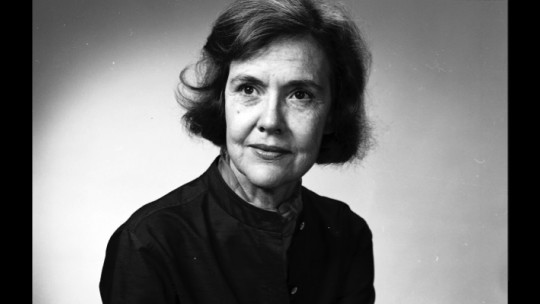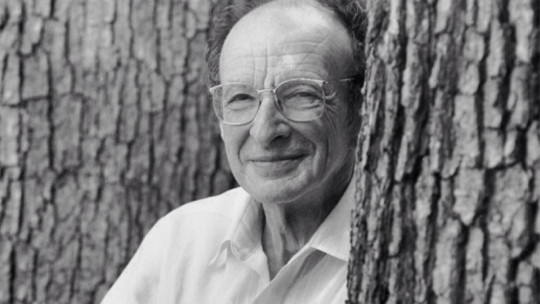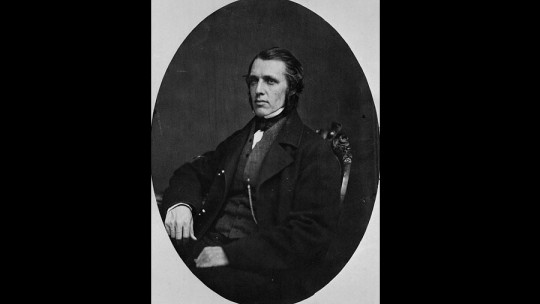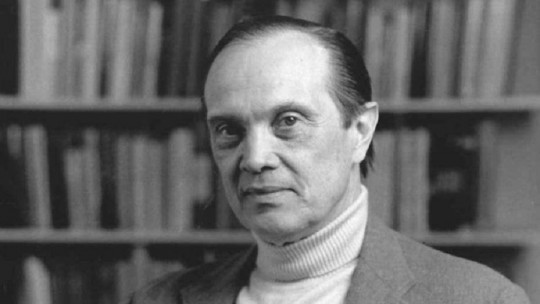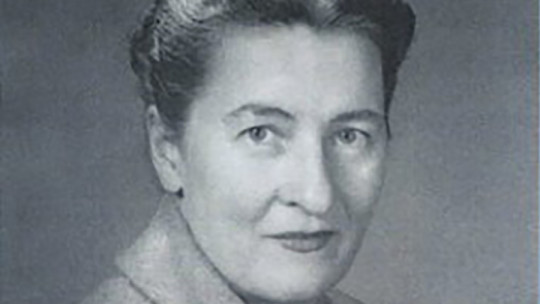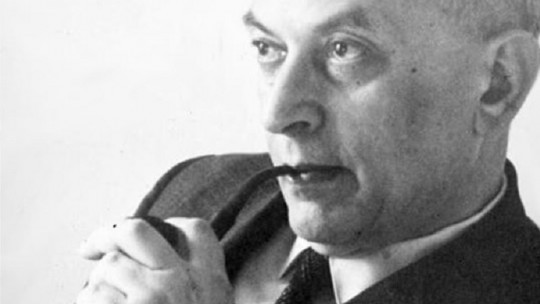
Solomon Asch has been one of the most important figures in Psychology, especially in Social Psychology of which he was a true pioneer. His research, impregnated by the Gestalt vision that everything is more than the sum of its parts, contributed to understanding how obedience occurred in groups.
Below we will see the life and professional career of this researcher through a biography by Solomon Asch also explaining his famous experiment.
Brief biography of Solomon Asch
Solomon Asch was a Polish-American psychologist considered a pioneer in the study of the psychology of conformity. His work has contributed significantly to the field of Social Psychology, adopting the Gestalt approach to the study of social behavior.
He suggested that social acts cannot be understood in isolation, but that it is necessary to interpret them by looking at their surroundings He demonstrated this in his famous conformity experiment, demonstrating that people can change their response depending on what they see other people think.
In addition to being a pioneer in Social Psychology, Asch He is known for having supervised Stanley Milgram’s doctorate during his time at Harvard University, greatly influencing the experiments of his doctoral student. Milgran’s work helped demonstrate how far people would go to obey an order from an authority figure.
A 2002 publication gave Solomon Asch the title of being the 41st most cited psychologist during the 20th century.
Early years
Solomon Eliot Asch was born in Warsaw, Poland, on September 14, 1907 When he turned 13, he emigrated with his family to New York, United States, going to live in the Lower East Side of Manhattan. At first, his life in America was problematic as he did not master English and he managed to learn it prolifically by reading Charles Dickens.
Years later, he studied literature at the City College of New York. His interest in psychology began after reading William James. He received his Bachelor of Science at the age of 21 (1928). Later, he went to Columbia University to get his doctorate There he received advice from Max Wertheimer, one of the founders of the Gestalt movement. That is why, after receiving his doctorate in 1932, Solomon Asch became increasingly interested in Gestalt Psychology.
He was especially interested in the phenomena of perception, thought and association. In fact, proof of his great Gestalt influence was that his work was based on the idea that not only is the whole greater than the sum of its parts, but also that the nature of the whole alters those parts In Asch’s own words, “most social acts must be understood in their context, and lose meaning if they are isolated. No error in thinking about social facts is more serious than failure to see their place and function.”
Asch, observing social acts within a context, carried out many studies delving into the influence of the group and the context on people’s opinions. This is what led him to carry out what is probably his best-known experiment: the conformity experiment.
Observing social acts within a context, Asch conducted much research in which investigated the influence of group and context on people’s opinions It is exactly this basis that led him to carry out his best-known experiment: the conformity experiment.
Career
As a result of the atrocities committed by the Nazis during the Second World War, Solomon Asch became interested in knowing how propaganda worked to make a mass of diverse people end up behaving according to what a person or an oligarchy wants. This he did while he was a professor in the psychology department at Brooklyn College.
Starting from this question, Asch investigated the influence of prestigious figures on the transmission of a message seeing that people are more likely to accept a message and conform with it when the person transmitting it is perceived as an individual of high rank or prestige.
He also taught at Swarthmore College for 19 years, where he had the opportunity to work with the gestalt psychologist Wolfgang Köhler.
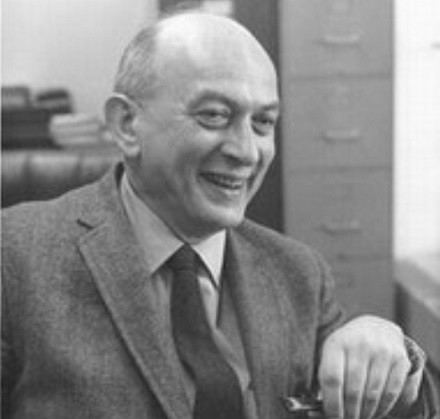
It was during the 1950s that the figure of Solomon Asch would become very important in Social Psychology as a result of experiments that would change the paradigm of the moment: Asch’s obedience experiments. As a result of this and other experiments, Asch became very famous, and in his book “Social Psychology” (1952) in which he captured the development of his research and key concepts of his theory
With his research, he revolutionized studies about the human mind and collective behavior. He also worked at the Massachusetts Institute of Technology and the University of Pennsylvania. In addition, he worked briefly at Harvard University, where he directed the doctoral thesis of the famous and also controversial Stanlye Milgram.
From 1966 to 1972, Asch held the title of director of the Institute for Cognitive Studies at Rutgers University, also working there as a psychology professor. Solomon Asch died on February 20, 1996 in Haverford, Pennsylvania, at the age of 88.
The conformity experiment
Asch’s conformity experiment is so important to the history of Social Psychology that it continues to be taught in university faculties to this day. In reality, it is a series of experiments that he carried out throughout 1951. This psychologist wondered to what extent society can influence the opinions of an individual, even if the social opinion, the most shared, is radically opposite to your personal perception The idea was to prove that people bend to the power of the group, adopting an attitude of conformity.
Thus, Solomon Asch asked 123 men to participate in a study, informing them that they were going to participate in an experiment related to visual perception in groups of between 7 and 9 people. All of them, except one, were accomplices of the investigator. They were shown a card on which a line of a specific size could be seen. Participants were then shown three more cards labeled a, b, and c, containing lines of different sizes, one of them the same length as the line on the first card.
The participants had to take turns choosing which card showed the line similar to the one on the first one A simple task, apparently. Everything was going well in the first rounds when the rest of Asch’s accomplices chose the correct option. However, when the fourth round arrived, something curious happened: the accomplices chose the same incorrect card. The real research participant, who usually had the last turn to respond, was faced with the dilemma of choosing the obviously wrong answer that the rest of the “participants” had given or choosing the correct answer.
The results revealed something curious and, at the same time, surprising. Three-quarters of the participants succumbed to what the rest of the group thought, choosing the wrong answer so as not to contradict the rest, even if the answer was logically wrong Asch wondered if the participants who followed the general incorrect judgment really did so because they convinced themselves of the answer. He saw that no, that the number of people who bowed to the majority judgment decreased considerably when he allowed them to express their real decision in private.
This experiment has been replicated on many occasions and similar results have been obtained. Solomon Asch’s findings called into question the theory of social comparison, dominant at that time. According to this theory, people usually look for evidence about a situation to draw conclusions from it and, when the available information is not enough, people turn to other people’s opinions to form their own conclusion.
However, Solomon Asch broke with this idea, showing that even when people find concrete, empirical and objective evidence, they tend to follow popular opinion even if it is wrong.

